Find Help
More Items From Ergsy search
-

Osteoarthritis of the Hip
Relevance: 100%
-

Osteoarthritis of the Hip
Relevance: 99%
-

Osteoarthritis: Elaine's story | NHS
Relevance: 60%
-

Osteoarthritis: Elaine's story | NHS
Relevance: 56%
-

Osteoarthritis: Elaine's story | NHS
Relevance: 56%
-
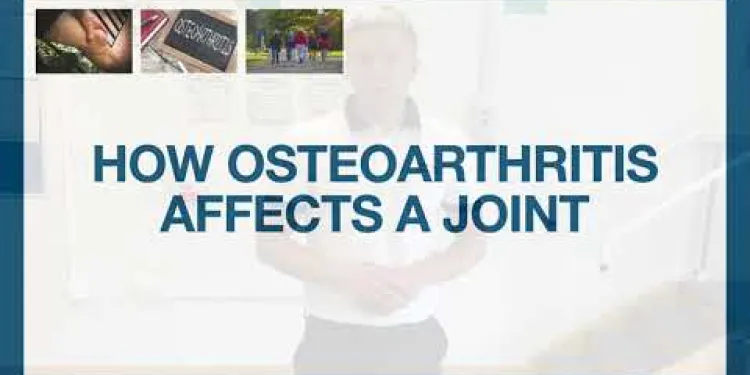
Part One: Understanding Osteoarthritis- MSK Physiotherapy
Relevance: 56%
-

Hip replacement
Relevance: 55%
-
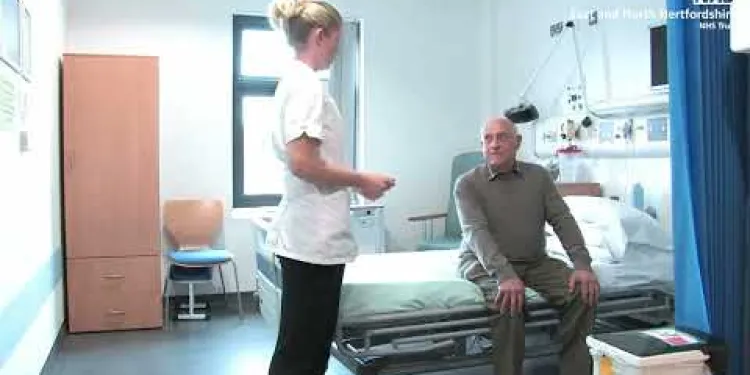
A journey to hip surgery
Relevance: 52%
-

Do I need a Hip Replacement?
Relevance: 52%
-

What is a hip replacement?
Relevance: 49%
-

Total Hip Replacement
Relevance: 49%
-
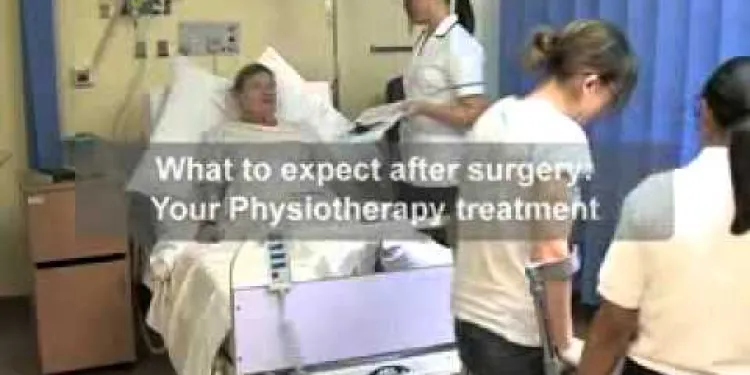
Total hip replacement
Relevance: 49%
-
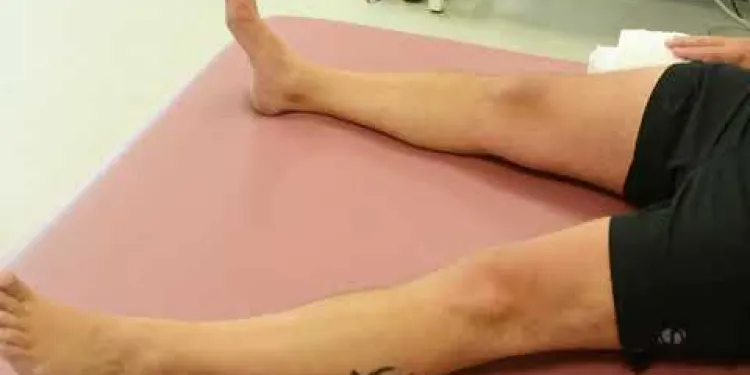
Joint School - Hip Exercises
Relevance: 42%
-
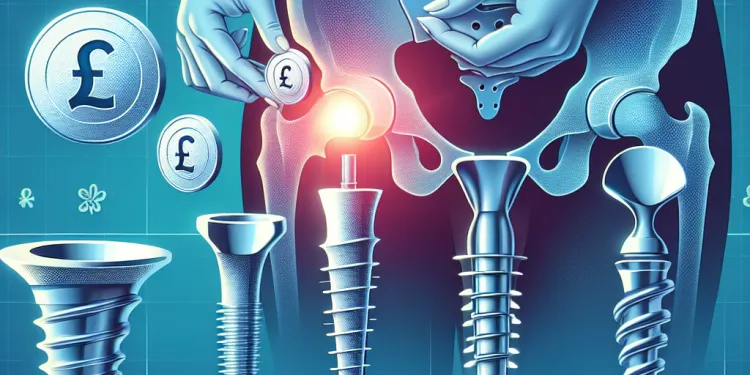
Are there different types of hip implants?
Relevance: 41%
-
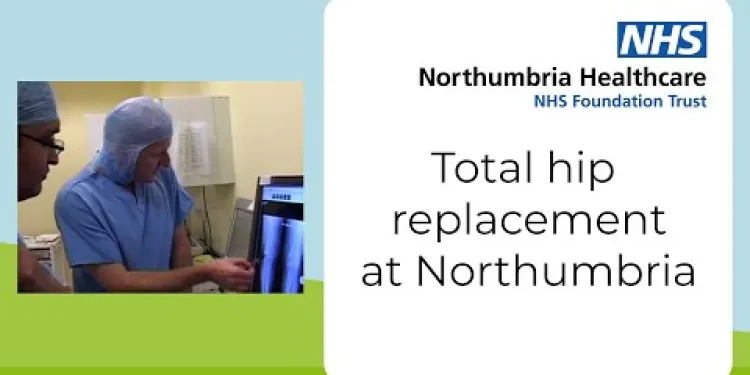
Total hip replacement at Northumbria Healthcare
Relevance: 39%
-
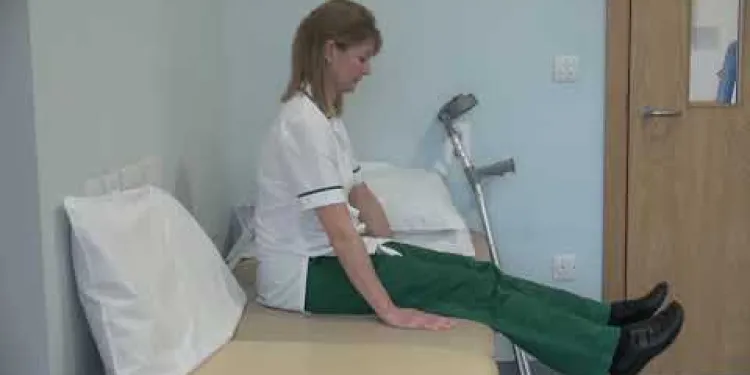
Hip replacement - getting into bed
Relevance: 39%
-
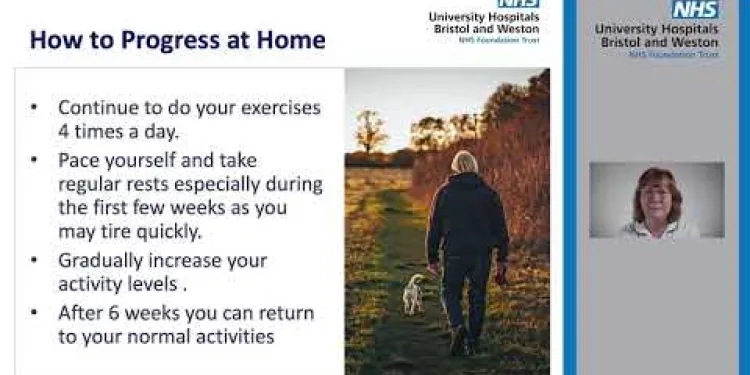
Enhanced Recovery - Hip
Relevance: 39%
-
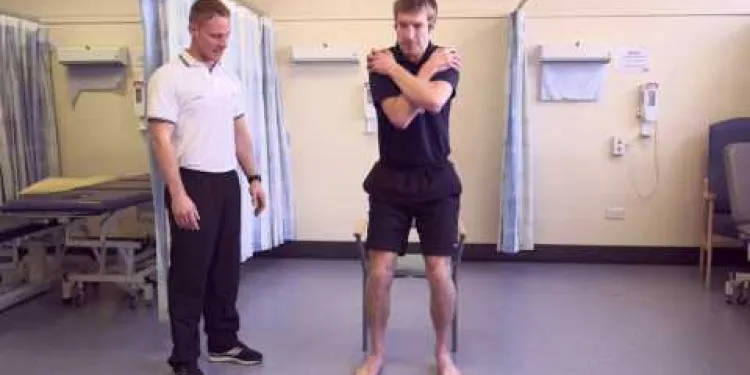
Exercises to help your lateral hip pain
Relevance: 39%
-

Can both hips be replaced at the same time?
Relevance: 38%
-
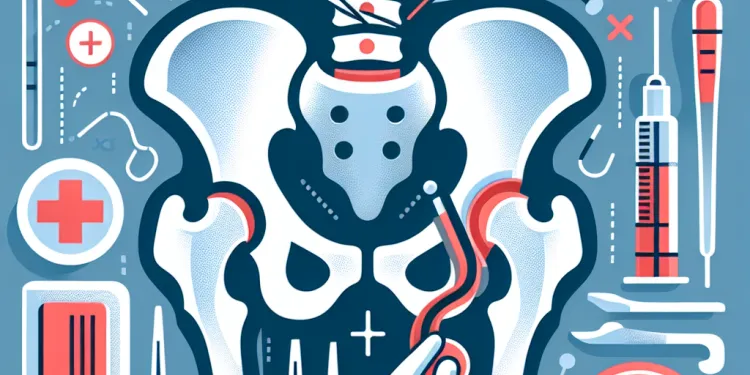
What is minimally invasive hip replacement surgery?
Relevance: 38%
-

What is the recovery time for a hip replacement?
Relevance: 38%
-
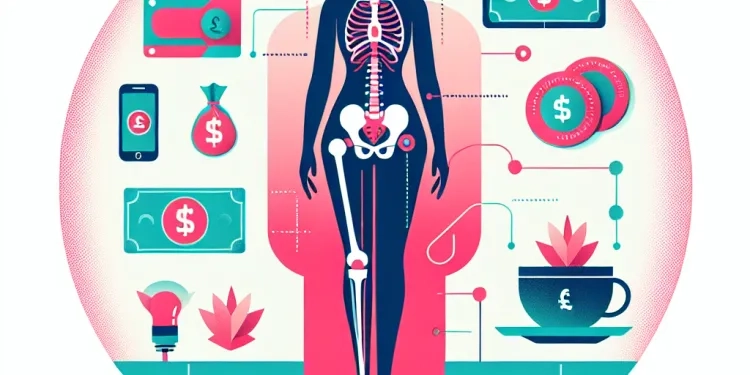
What are the risks associated with hip replacement surgery?
Relevance: 38%
-
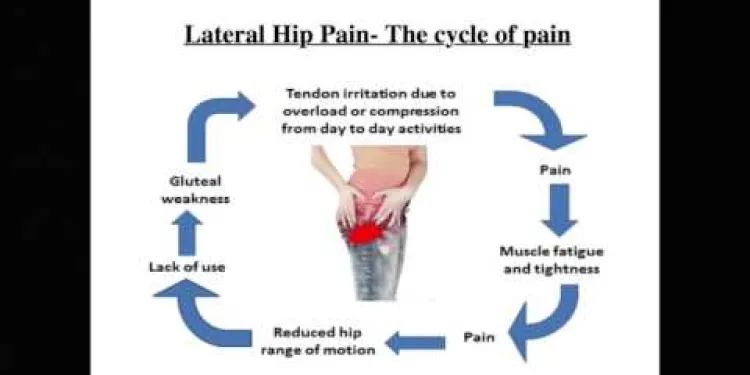
Advice - How to manage your lateral hip pain
Relevance: 37%
-

Will I need physical therapy after a hip replacement?
Relevance: 37%
-

How long does a hip replacement surgery take?
Relevance: 37%
-

How much does hip replacement surgery cost in the UK?
Relevance: 36%
-

How do I prepare for hip replacement surgery?
Relevance: 36%
-

What type of anaesthesia is used during hip replacement surgery?
Relevance: 34%
-

How long do hip replacement implants last?
Relevance: 33%
-
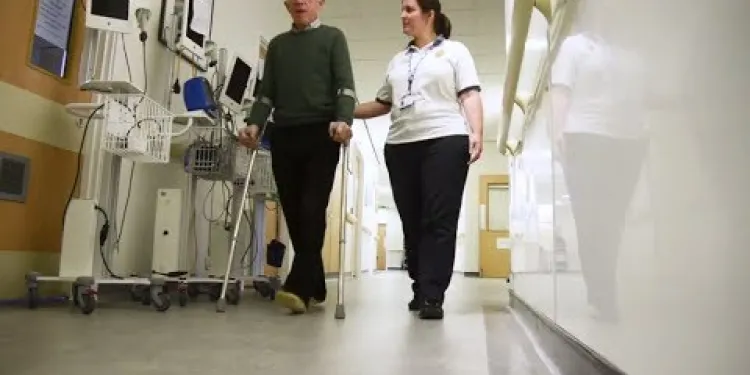
Having a hip replacement - Part Two: Recovery
Relevance: 31%
-
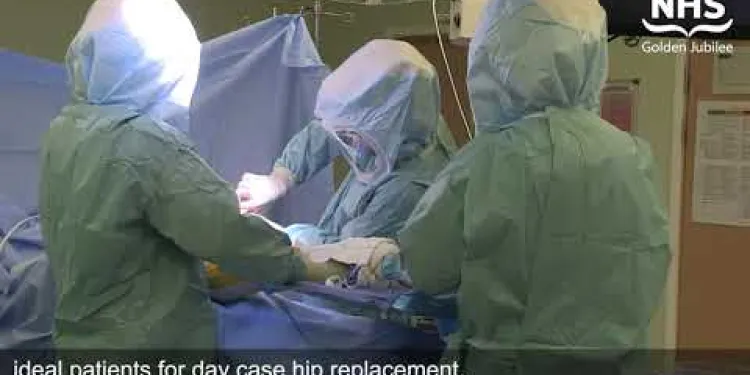
Same day discharge for NHS Golden Jubilee’s hip replacement patients
Relevance: 30%
-

Your anaesthetic choices for your planned hip or knee replacement surgery at the RUH.
Relevance: 29%
-

Will I be able to return to normal activities after hip replacement?
Relevance: 25%
-

Greater trochanteric pain syndrome
Relevance: 23%
-

What can I expect during the first few weeks after hip replacement surgery?
Relevance: 21%
-

What health risks are associated with obesity?
Relevance: 19%
-

Who is a candidate for a hip replacement?
Relevance: 18%
-
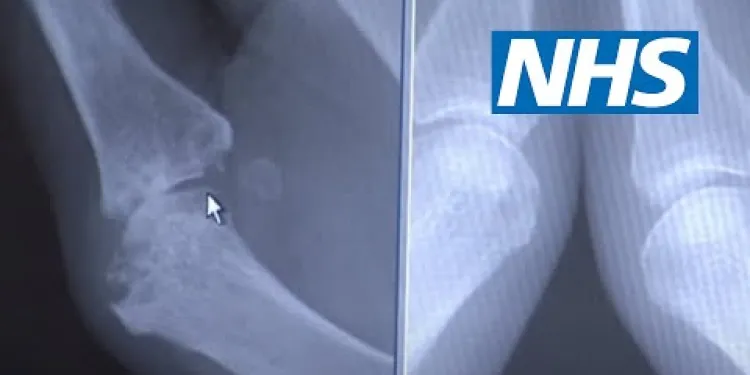
Rheumatoid arthritis | NHS
Relevance: 15%
-
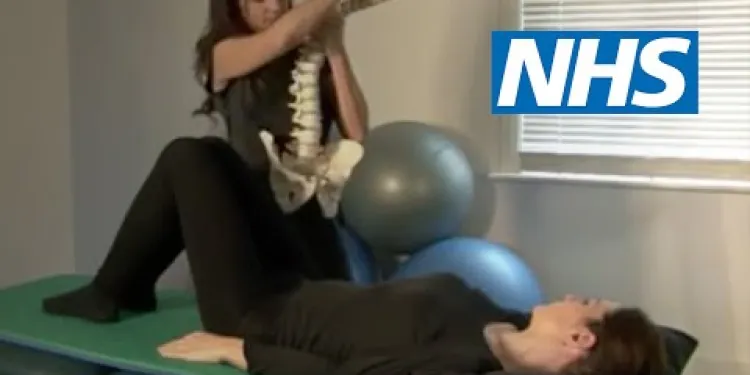
Exercises for sciatica: herniated or slipped disc | NHS
Relevance: 11%
-
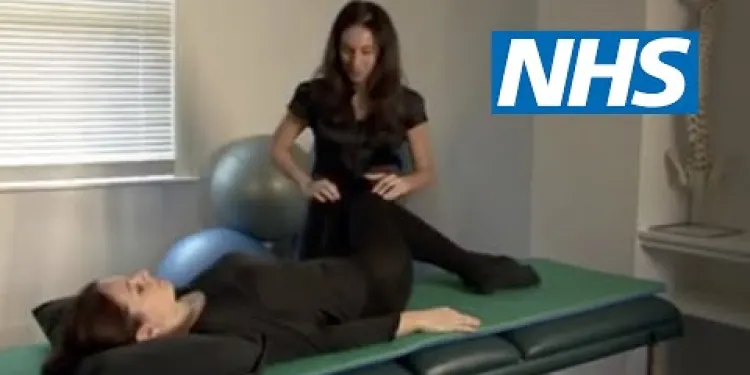
Exercises for sciatica: piriformis syndrome | NHS
Relevance: 11%
Osteoarthritis of the Hip
Introduction
Osteoarthritis (OA) of the hip is a common degenerative joint disease affecting many individuals in the United Kingdom. It involves the gradual breakdown of the cartilage that cushions the ends of the bones in the hip joint, leading to pain, stiffness, and reduced mobility.
Causes and Risk Factors
Several factors contribute to the development of hip osteoarthritis. These include age, genetic predisposition, previous hip injury, being overweight, and repetitive stress on the joint. As we age, the cartilage naturally wears down, but in individuals with OA, this process is accelerated. Being overweight places additional stress on the hip joints, increasing the risk of degeneration.
Symptoms
The symptoms of hip osteoarthritis can vary in severity. Common signs include pain in the hip joint, which may radiate to the groin, thigh, or buttocks. Stiffness, especially after periods of inactivity, and a reduced range of motion are also typical symptoms. Some people may experience grinding or clicking sensations in the hip.
Diagnosis
Diagnosing hip osteoarthritis typically involves a combination of patient history, physical examination, and imaging tests. X-rays can reveal joint space narrowing, bone spurs, and other changes indicative of osteoarthritis. In some cases, MRI or other advanced imaging techniques may be used for a more detailed assessment.
Treatment Options
Treatment for hip osteoarthritis focuses on alleviating symptoms and improving joint function. Initial approaches include lifestyle modifications such as weight loss and low-impact exercise. Physical therapy can strengthen the muscles around the hip and improve flexibility. Pain management may involve the use of medications such as paracetamol, nonsteroidal anti-inflammatory drugs (NSAIDs), and, in some cases, corticosteroid injections. For advanced cases, surgical options like hip replacement may be considered.
Living with Osteoarthritis of the Hip
Managing life with hip osteoarthritis requires a proactive approach. Regular exercise, a healthy diet, and maintaining a healthy weight are crucial. Assistive devices like walking sticks can help reduce stress on the hip. Additionally, staying informed about the condition and working closely with healthcare providers can aid in managing symptoms effectively.
Support and Resources
In the UK, several organisations and support groups offer resources and assistance for those living with osteoarthritis of the hip. The Arthritis Research UK and Versus Arthritis provide valuable information, support networks, and research updates. Connecting with others who have similar experiences can offer emotional support and practical advice.
By understanding osteoarthritis of the hip and exploring the available treatment and support options, individuals in the UK can better manage their condition and maintain a good quality of life.
Osteoarthritis of the Hip
Introduction
Osteoarthritis (OA) of the hip is a common problem with the joints that many people in the UK have. It happens when the cushion between the bones in the hip joint wears down. This can cause pain, stiffness, and make it hard to move.
Causes and Risk Factors
There are many reasons why someone might get hip osteoarthritis. These include getting older, having family members with the same problem, hurting your hip before, being very heavy, and doing things that put pressure on the hip. As we get older, the cushion in our joints gets thinner, but for people with OA, it wears down faster. Being very heavy puts more pressure on the hip, which can make it wear out quicker.
Symptoms
The signs of hip osteoarthritis can be mild or severe. Common signs are pain in the hip that might spread to the groin, upper leg, or bottom. You might feel stiff, especially if you haven't moved for a while, and it can be hard to move your leg. Sometimes, you might feel or hear grinding or clicking in the hip.
Diagnosis
To find out if someone has hip osteoarthritis, doctors will ask questions about your health, do a physical check, and take pictures of your hip with X-rays. X-rays can show if the space in the joint is smaller or if there are extra bits of bone. Sometimes, doctors might use other tests like an MRI to see more details.
Treatment Options
The treatment for hip osteoarthritis aims to help with the pain and make the joint work better. First, doctors suggest changing habits like losing weight and doing gentle exercises. Physical therapists can show exercises that make hip muscles stronger and more flexible. For pain, doctors might give medicines like paracetamol or NSAIDs. Sometimes, they might suggest injections to help with pain. If the problem is very bad, surgery like a hip replacement might be an option.
Living with Osteoarthritis of the Hip
Living with hip osteoarthritis means you need to take charge of your health. Regular exercise, eating healthy, and keeping a good weight are very important. Tools like walking sticks can take pressure off the hip. It is also important to learn about the condition and talk to healthcare professionals to manage symptoms well.
Support and Resources
In the UK, there are groups and organizations that help people with hip osteoarthritis. Arthritis Research UK and Versus Arthritis provide helpful information, support groups, and research updates. Meeting others with the same experiences can give emotional support and useful advice.
By learning about osteoarthritis of the hip and knowing the treatment and support options, people in the UK can handle their condition better and enjoy a good quality of life.
Frequently Asked Questions
What is osteoarthritis of the hip?
Osteoarthritis of the hip is a degenerative joint disease where the cartilage cushioning the hip joint wears down over time, leading to pain, stiffness, and reduced mobility.
What are the common symptoms of hip osteoarthritis?
Common symptoms include pain in the groin, thigh, or buttock, stiffness especially after periods of inactivity, decreased range of motion, and a possible limp.
Who is at risk for developing hip osteoarthritis?
Risk factors include aging, obesity, joint injuries, genetics, and certain occupations that put stress on the hip joints.
How is hip osteoarthritis diagnosed?
Diagnosis typically involves a physical examination, assessment of symptoms, and imaging tests such as X-rays or MRI scans to view joint damage.
What non-surgical treatments are available for hip osteoarthritis?
Non-surgical treatments include pain relief medications, physiotherapy, lifestyle modifications like weight management, and the use of assistive devices.
Can exercise help with hip osteoarthritis?
Yes, regular low-impact exercise like swimming, cycling, and specific physiotherapy exercises can help maintain joint function and reduce pain.
When is surgery considered for hip osteoarthritis?
Surgery, such as hip replacement, is considered when non-surgical treatments no longer provide relief and the pain or disability significantly affects quality of life.
What are the surgical options for hip osteoarthritis?
Surgical options include total hip replacement, hip resurfacing, and in some cases, osteotomy to realign the joint and relieve pressure.
Are there any alternative therapies for hip osteoarthritis?
Some people find relief with alternative therapies like acupuncture, massage, yoga, and supplements, though their effectiveness can vary.
How can diet affect hip osteoarthritis?
A balanced diet rich in anti-inflammatory foods, like fruits, vegetables, and omega-3 fatty acids, can help manage symptoms, while maintaining a healthy weight reduces joint stress.
Can hip osteoarthritis be prevented?
While it cannot be completely prevented, maintaining a healthy weight, staying active, avoiding joint injuries, and not smoking can reduce the risk.
What is the role of physiotherapy in managing hip osteoarthritis?
Physiotherapy helps improve joint function, increase strength and flexibility, and reduce pain through tailored exercise programmes and manual therapies.
Is hip osteoarthritis the same as rheumatoid arthritis?
No, osteoarthritis is a degenerative joint disease, while rheumatoid arthritis is an autoimmune disorder causing inflammation in the joints.
What pain relief options are available for hip osteoarthritis?
Pain relief options include over-the-counter medications like paracetamol, prescription NSAIDs, topical ointments, and in some cases, corticosteroid injections.
What resources are available for people with hip osteoarthritis in the UK?
Resources include the NHS website, Arthritis Action, Versus Arthritis, local support groups, and physiotherapy services available through the NHS.
What is hip osteoarthritis?
Hip osteoarthritis is a wear and tear condition of the hip joint.
It happens when the tissue called cartilage between hip bones gets worn out.
This can cause pain and stiffness in the hip.
Simple ways to help:
- Move your hip gently to keep it flexible.
- Use a warm cloth on the hip to feel better.
- Talk to a doctor for more help.
Hip osteoarthritis is when the hip joint gets worn out. It happens slowly over time. The soft part between the bones, called cartilage, wears away. This can cause pain, make the hip stiff, and make it hard to move the hip.
What are the common signs of hip osteoarthritis?
Hip osteoarthritis is when the hip joint gets stiff and sore.
Here are some common signs:
- Hip pain, especially when moving
- Feeling stiff when you wake up
- The hip joint feels tight
- Hearing a crunching noise when you move
- Having trouble doing everyday things like walking or bending
Tools to help:
- Stretching exercises
- Using a cane for support
- Wearing comfy shoes
- Asking a doctor for help
If you feel these signs, it is good to talk to a doctor.
Some signs you might notice are:
- Pain in your groin, thigh, or buttock.
- Feeling stiff, especially if you haven't moved for a while.
- Having trouble moving your leg as much as usual.
- You might walk with a little limp.
Who can get hip osteoarthritis?
Things that can cause problems with your hips are getting older, being overweight, hurting your joints, having family members with the same problems, and jobs that make your hips work too hard.
How do doctors find out if you have hip osteoarthritis?
To find out what is wrong, a doctor will:
- Look at your body and check how you feel.
- Ask about your symptoms, like what hurts or feels different.
- Use special pictures like X-rays or MRI scans to see inside your body and check your joints.
If you need help understanding, you can:
- Ask someone to explain the pictures to you.
- Use tools like picture charts to show where it hurts.
- Ask for pictures with simple words to help explain things.
What are some ways to help hip osteoarthritis without surgery?
There are ways to help without surgery. You can take medicine to stop the pain. Exercises with a physiotherapist can help you move better. Eating healthy and keeping a good weight is important too. Some people use special tools to make things easier, like a cane.
Can exercise help with hip joint pain?
Some people get pain in their hips. This is called hip osteoarthritis. Exercise can help make your hips feel better. It can also make your muscles stronger.
Try to move a little bit each day. Walking or gentle exercises are good. You can also ask a doctor or a physiotherapist for advice.
You can use helpful tools like a walking stick or special shoes. These can make walking easier.
Remember, a little exercise can help your hip feel better!
Yes, doing gentle exercises like swimming, bike riding, and special exercises from a doctor can help keep your joints working well and make them hurt less.
When do doctors think about surgery for hip pain?
Doctors might talk about surgery for your hip if the pain is really bad and doesn't get better with other treatments.
You can try exercises, medicine, or using a stick to help first.
If these do not help, surgery might be the next step.
Using pictures or asking someone you trust to explain can also help you understand.
Surgery, like getting a new hip, is considered when other treatments do not help anymore, and the pain or problem makes life hard.
What surgeries can help with hip osteoarthritis?
Doctors can do surgery to help the hip. There are different ways to do this. They can replace the whole hip. They can fix just the top part of the hip bone. Sometimes, they change the angle of the hip bone to make it better.
Using pictures or diagrams can help understand this better. Talking with a doctor and asking questions is also a good idea. They can explain it with simple words.
Are there different ways to help with hip arthritis?
Here are some ways to help with hip pain:
- Exercise: Moving your body can make it stronger. Try walking, swimming, or riding a bike.
- Stretching: Gentle stretches can help you feel better. Try to stretch every day.
- Heat and cold packs: A warm or cold pack on your hip can ease pain. Use it for 15 minutes.
- Massage: Rubbing your hip gently can relax muscles and make them feel good.
- Healthy eating: Eating fruits and veggies can help your body stay strong.
If you need help, talk to a doctor or physiotherapist. They can show you what to do and how to feel better. You can also use tools like videos or apps to guide you through exercises and stretches. Remember to go slowly and stop if something hurts. Your safety is important.
Some people feel better with different treatments. These include acupuncture, massage, yoga, and taking vitamins. These might help some people, but not everyone.
How does what you eat affect hip arthritis?
Eating the right foods can help your body feel better. It's good to eat fruits and vegetables. They help your body fight off bad feelings. Foods with omega-3, like fish, are also good. Keeping a healthy weight is important too. It helps your joints not get too tired.
If reading this is still a bit hard, you can try these tips:
- Use a tool to read the text out loud to you.
- Ask someone you trust to explain it to you.
- Break the text into smaller parts and look up words you don’t know.
Can we stop hip osteoarthritis from happening?
Osteoarthritis is a problem with your joints, like your hips. It can cause pain and make it hard to move. Sometimes, we can try to stop it from happening. Here are some things you can do:
- Stay active: Moving your body helps keep your joints healthy. Try walking, swimming, or doing exercises you like.
- Eat healthy: Eating good food helps your body stay strong. Try to eat lots of fruits and vegetables.
- Keep a healthy weight: Extra weight can be hard on your joints. Try to stay at a weight that is good for you.
- See a doctor: If you have pain in your hips, talk to a doctor. They can help you find out what to do.
There are helpful tools you can use, too:
- Use a walking stick or cane: These can help take weight off your hips when you walk.
- Wear supportive shoes: Good shoes can help your legs and hips feel better.
Remember, doing these things can help keep your hips healthy!
You can't stop it completely, but you can do things to help. Keep a healthy weight, exercise, protect your joints, and don't smoke. These can lower the risk.
How can physiotherapy help with hip arthritis?
Physiotherapy can help people with hip arthritis feel better. Physiotherapists are trained to make exercise plans. These plans can make your hip stronger and move better. Exercise can also help with pain.
Physiotherapists may also show you how to do things in a way that is easier for your hips. They can teach you how to walk with a stick if you need one. This can help you be active and do everyday activities.
Here are some tools and techniques that might help:
- Stretching exercises to keep your hip flexible
- Strengthening exercises for hip muscles
- Walking aids like canes to help with balance
If you have hip arthritis, ask a physiotherapist for help. They will know what is best for you.
Physiotherapy helps your joints move better. It makes you stronger and more flexible. It can also help with pain. Physiotherapists use special exercises and hands-on treatments to do this.
Are hip osteoarthritis and rheumatoid arthritis the same?
No, they are not the same.
Hip Osteoarthritis:
This is when the bones in your hip get old and worn out. It can make moving your hip hurt.
Rheumatoid Arthritis:
This is when the body's defense system attacks the joints. It makes your joints swell and hurt.
Tools to help:
- Talk to a doctor for help.
- Use warm towels on painful joints.
- Do easy exercises to keep joints moving.
No, these two types of arthritis are different. Osteoarthritis is when the joints get worn out over time. Rheumatoid arthritis is when the body's immune system attacks the joints, causing them to swell and hurt.
If you're finding it hard to understand this, you can use tools like a dictionary to look up any tough words. You could also ask someone to explain it to you or use text-to-speech software to hear it read out loud.
What can help with hip pain from arthritis?
If your hip hurts because of arthritis, there are ways to feel better. Here are some things that might help:
- Medicine: You can take pills to help with pain. Ask a doctor about which ones are safe for you.
- Heat or Cold: Putting a warm or cold pack on your hip might make it feel better.
- Exercise: Moving and stretching can help your hip stay strong. Try gentle activities like walking or swimming.
- Physical Therapy: A therapist can teach you exercises to help your hip feel better.
- Talk to a Doctor: Always ask your doctor if you have questions or need help.
Remember, you are not alone. You can feel better with the right help.
There are many ways to help with pain.
You can take medicine like paracetamol that you buy at the shop. Sometimes the doctor will give you stronger medicine.
You can also use creams that you put on your skin. Sometimes, the doctor might give you an injection to help with the pain too.
Using pictures or videos can help understand more about these options. It's also good to ask someone if you have questions or need help.
What help can people with hip osteoarthritis get in the UK?
People who have hip osteoarthritis in the UK can get help. Here are some ways they can get support:
1. See a Doctor: A doctor can check your hip and tell you what to do. They can suggest medicine or exercises.
2. Physiotherapy: Physiotherapists can show you exercises to help your hip feel better.
3. Support Groups: Some groups let people with hip problems talk and share tips.
4. Online Information: Websites like the NHS offer advice and tips about looking after your hip.
You can also ask family, friends, or a caregiver to help. They can join you on doctor visits or help with exercises. Always talk to a health professional to find the best support for you.
Here are some places that can help:
- NHS website: You can find lots of good information here.
- Arthritis Action: They can help you learn about arthritis.
- Versus Arthritis: This group can help you too.
- Local support groups: You can meet people near you who know about arthritis.
- Physiotherapy services: The NHS can help you find physiotherapy to feel better.
Useful Links
- Ergsy carfully checks the information in the videos we provide here.
- Videos shown by Youtube after a video has completed, have NOT been reviewed by ERGSY.
- To view, click the arrow in centre of video.
- Most of the videos you find here will have subtitles and/or closed captions available.
- You may need to turn these on, and choose your preferred language.
- Go to the video you'd like to watch.
- If closed captions (CC) are available, settings will be visible on the bottom right of the video player.
- To turn on Captions, click settings .
- To turn off Captions, click settings again.
More Items From Ergsy search
-

Osteoarthritis of the Hip
Relevance: 100%
-

Osteoarthritis of the Hip
Relevance: 99%
-

Osteoarthritis: Elaine's story | NHS
Relevance: 60%
-

Osteoarthritis: Elaine's story | NHS
Relevance: 56%
-

Osteoarthritis: Elaine's story | NHS
Relevance: 56%
-

Part One: Understanding Osteoarthritis- MSK Physiotherapy
Relevance: 56%
-

Hip replacement
Relevance: 55%
-

A journey to hip surgery
Relevance: 52%
-

Do I need a Hip Replacement?
Relevance: 52%
-

What is a hip replacement?
Relevance: 49%
-

Total Hip Replacement
Relevance: 49%
-

Total hip replacement
Relevance: 49%
-

Joint School - Hip Exercises
Relevance: 42%
-

Are there different types of hip implants?
Relevance: 41%
-

Total hip replacement at Northumbria Healthcare
Relevance: 39%
-

Hip replacement - getting into bed
Relevance: 39%
-

Enhanced Recovery - Hip
Relevance: 39%
-

Exercises to help your lateral hip pain
Relevance: 39%
-

Can both hips be replaced at the same time?
Relevance: 38%
-

What is minimally invasive hip replacement surgery?
Relevance: 38%
-

What is the recovery time for a hip replacement?
Relevance: 38%
-

What are the risks associated with hip replacement surgery?
Relevance: 38%
-

Advice - How to manage your lateral hip pain
Relevance: 37%
-

Will I need physical therapy after a hip replacement?
Relevance: 37%
-

How long does a hip replacement surgery take?
Relevance: 37%
-

How much does hip replacement surgery cost in the UK?
Relevance: 36%
-

How do I prepare for hip replacement surgery?
Relevance: 36%
-

What type of anaesthesia is used during hip replacement surgery?
Relevance: 34%
-

How long do hip replacement implants last?
Relevance: 33%
-

Having a hip replacement - Part Two: Recovery
Relevance: 31%
-

Same day discharge for NHS Golden Jubilee’s hip replacement patients
Relevance: 30%
-

Your anaesthetic choices for your planned hip or knee replacement surgery at the RUH.
Relevance: 29%
-

Will I be able to return to normal activities after hip replacement?
Relevance: 25%
-

Greater trochanteric pain syndrome
Relevance: 23%
-

What can I expect during the first few weeks after hip replacement surgery?
Relevance: 21%
-

What health risks are associated with obesity?
Relevance: 19%
-

Who is a candidate for a hip replacement?
Relevance: 18%
-

Rheumatoid arthritis | NHS
Relevance: 15%
-

Exercises for sciatica: herniated or slipped disc | NHS
Relevance: 11%
-

Exercises for sciatica: piriformis syndrome | NHS
Relevance: 11%


